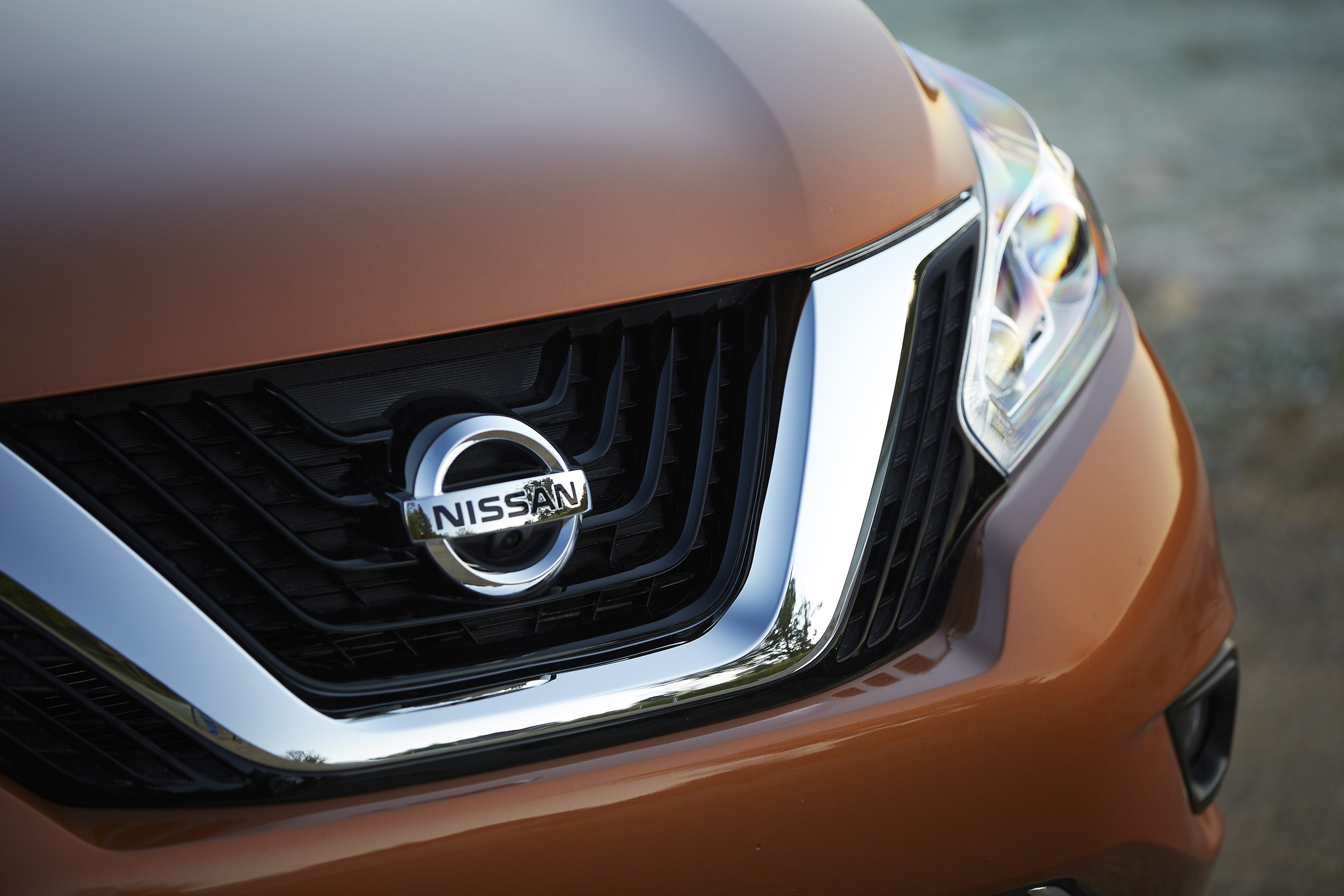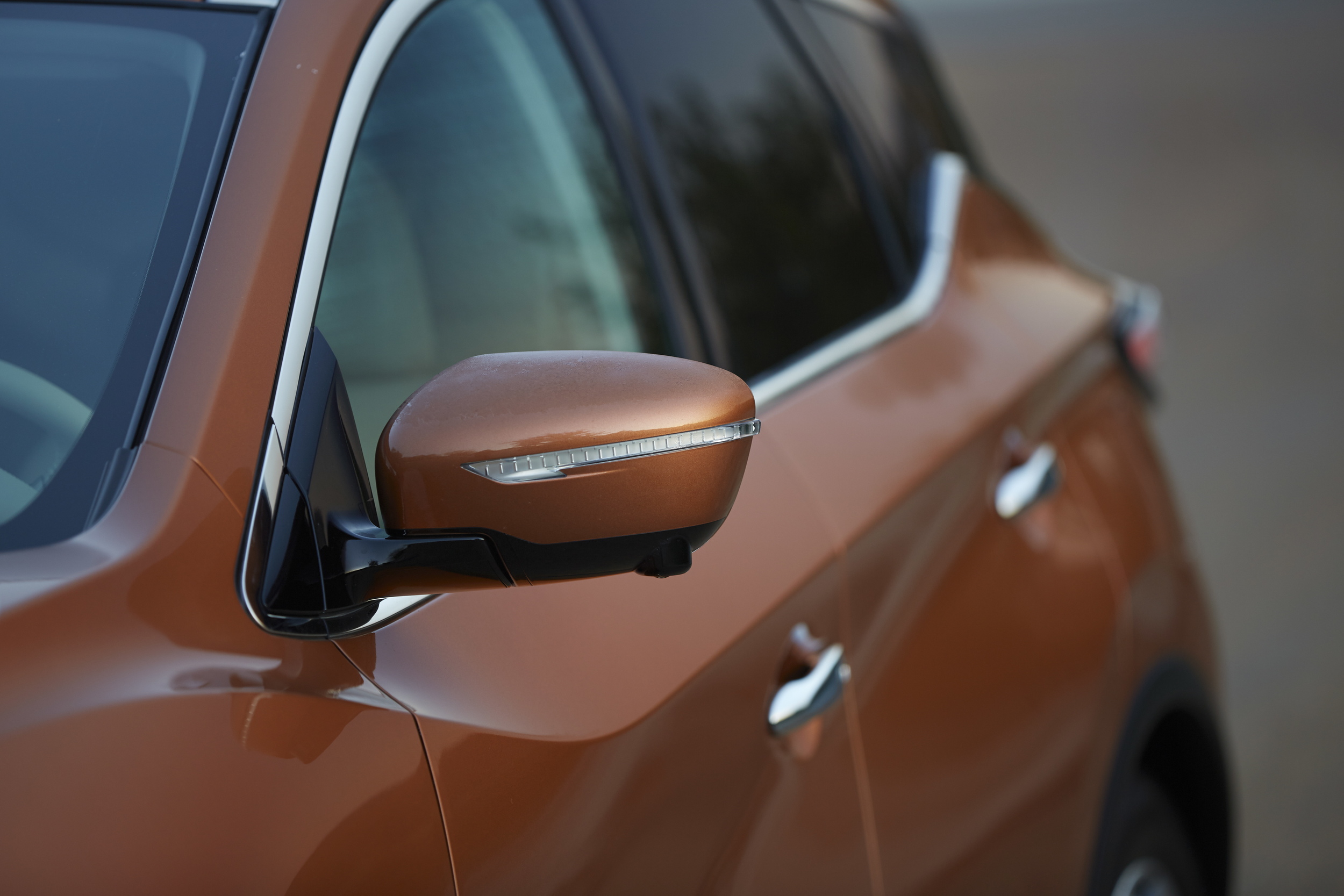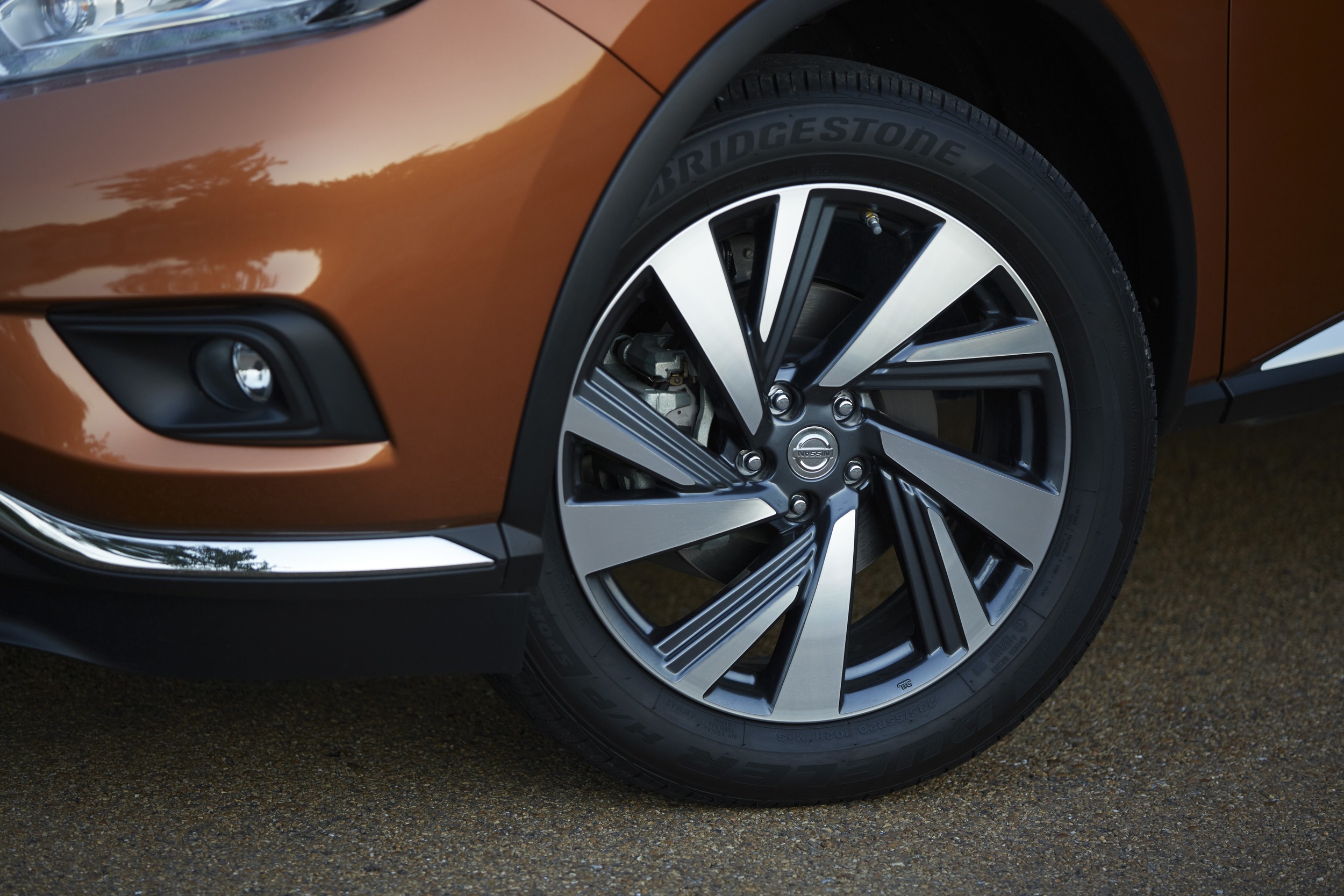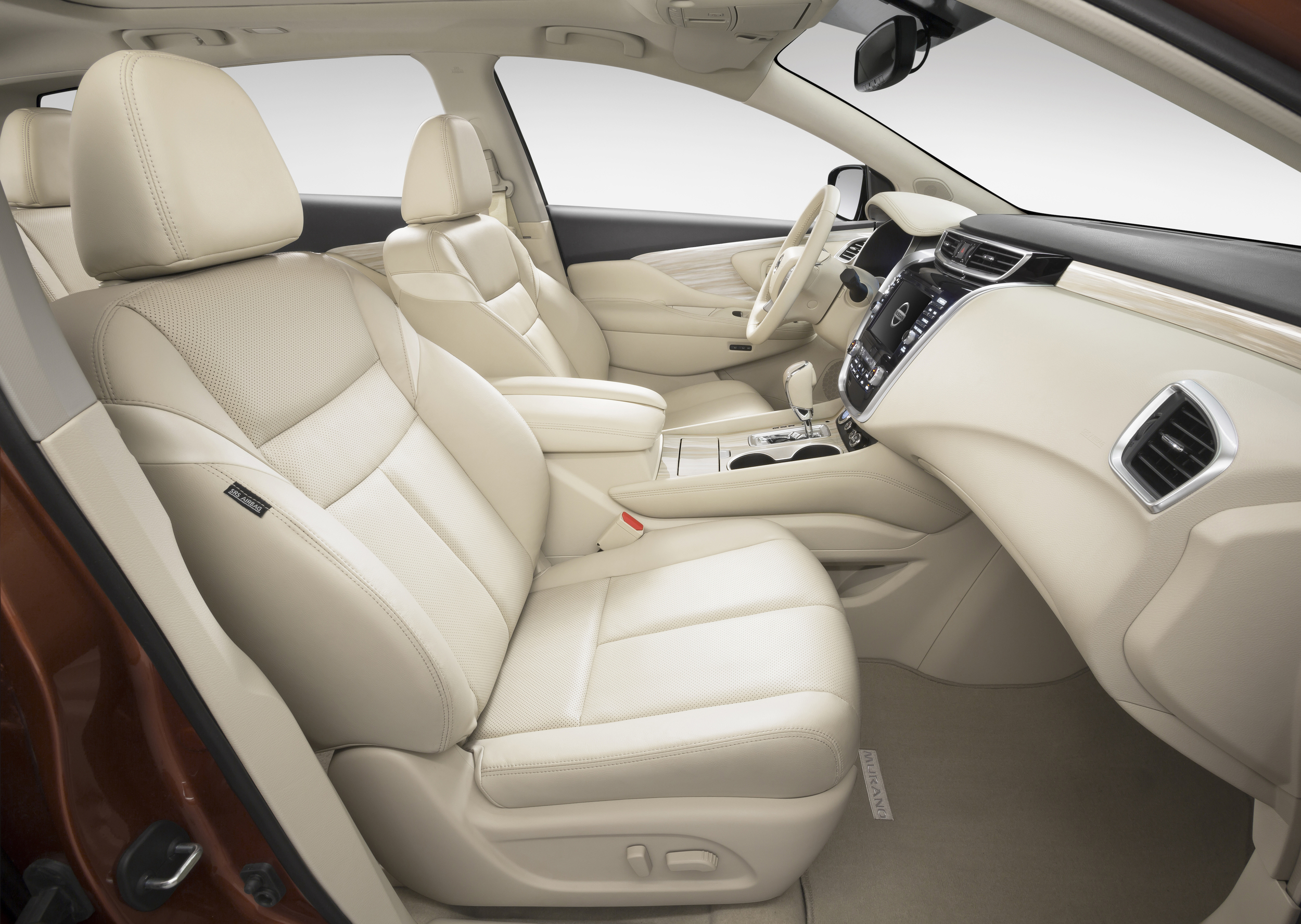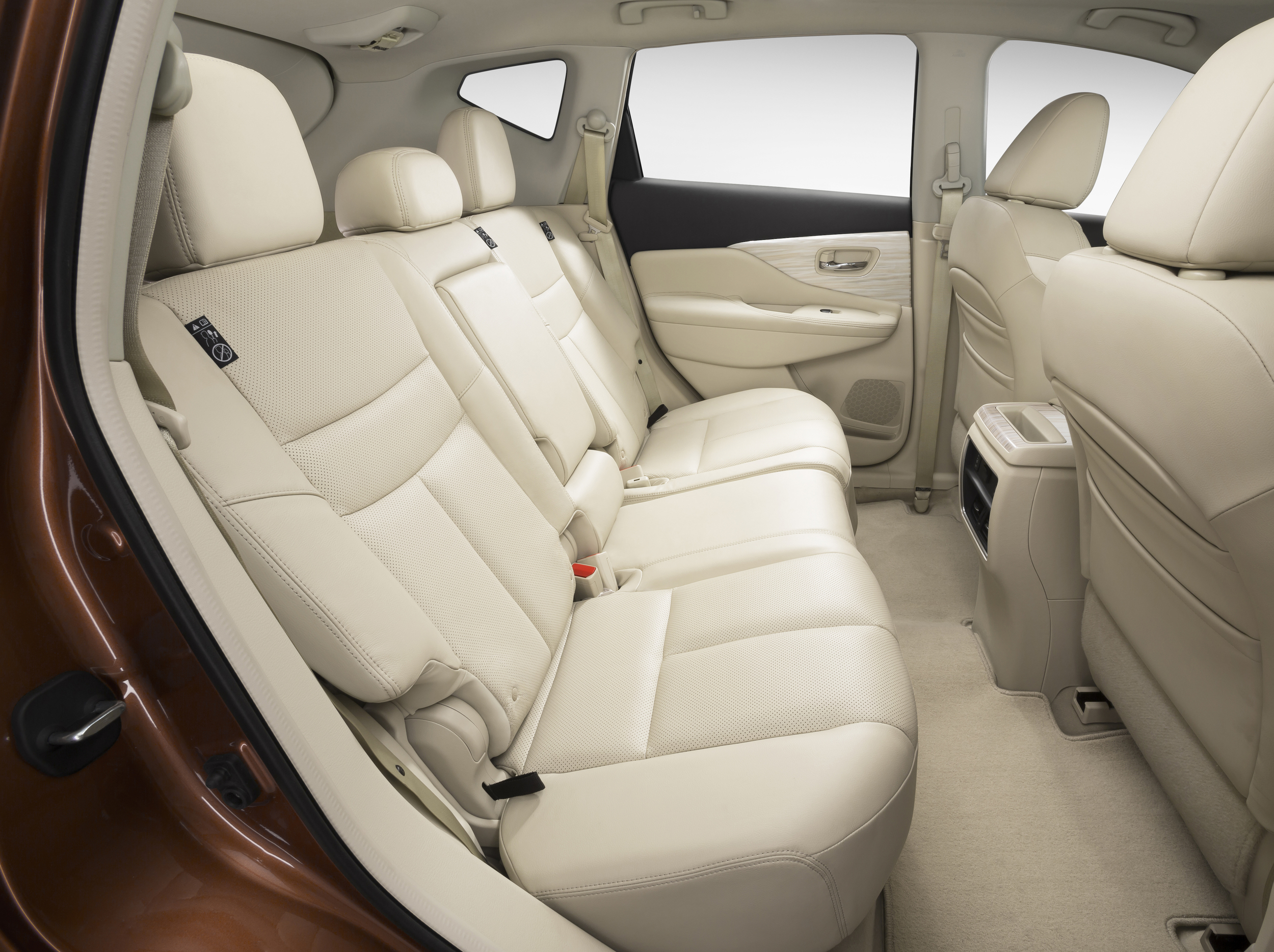Vancouver, B.C. – As avid drivers and automotive testers, we see our share of regulars in the pack. It’s our duty – and obligation – as journalists to be honest and impartial in conveying our opinion of a vehicle’s performance. Before I go too off topic, I’m saying this because when I was invited by Nissan to test drive its newly-updated, flagship SUV, I was more keen about the destination rather than the vehicle itself. I’d driven previous versions of the Murano before and, save for the effort put into its styling, always came away less than impressed. Nissan’s cars, on the other hand, have always conveyed a strong sense of style and purpose: from the Maxima (and its eagerly anticipated 2016 update) to the 350Z, 370Z, and the monstrous GT-R, each of these cars has always carried progressive styling, technology and driving character and that fits each identity perfectly. Until now, Nissan's SUV/CUV lineup seemed to miss at least one of these critical marks.
Which may be why partaking in this event was all the more important…
For 2015, the Murano is all-new and updated/upgraded throughout. Coming off its best sale year that saw 39 per cent growth in Canada in 2014, Nissan took the Murano’s already-applauded design and pushed it a step forward with its next-generation design language seen on various concepts, including the 2013 Resonance Concept from which the Murano is based. The sloping lines, V-shaped grille and hard edges serve more than just style, however, working in combination with the lower grille shutter and front and rear spoilers to lead to a sportscar-worthy 0.31 drag coefficient – meaning less noise and better fuel economy for the consumer.
As the company’s top crossover and first step into the new generation, Nissan had the arduous task of going over every minute detail to ensure its quality, relevancy and functionality to the new generation of vehicle owners. To that end, driver aids and passenger comforts have been given the utmost attention.
As my tester was equipped, the new Murano is now available with four on-board cameras and three radar systems that lend themselves to safer driving via blind-spot indicators, a segment-exclusive 360-degree monitoring system, predictive forward collision warning (a technology borrowed from sister company, Infiniti), intelligent cruise, cross-traffic alerts, and even active forward emergency braking, which will bring the vehicle to a steady halt and possibly save you from a hefty insurance claim.
While I didn’t make use of the latter feature, the intelligent cruise, monitors, and blind-spot indicators definitely made for a more comfortable and confident drive from Vancouver to Whistler in rainy conditions.
The new standard push-button start, dual-zone climate control, heated steering wheel and front seats, Bluetooth hands-free phone, Bose 11-speaker sound system, navigation, and eight-inch colour display are massive additions for potential buyers in the CUV segment, and the turn-by-turn directions and audible notifications are clear and concise – even in Vancouver’s trickier intersections – when compared to many of the Murano’s competitors.
That quieter and more informed ride is enhanced by an acoustically-laminated windshield, and fantastic execution of trims and materials throughout. The soft, plush materials along the doors, dash, and larger centre console serve to the heightened luxury over its predecessor, while arm, leg, and headroom are no longer reserved for front passengers only.
Throughout the vehicle (and most noted during my long stint behind the wheel) are Nissan’s patented, NASA-inspired “Zero Gravity” seats. Taking a person’s “neutral position” assumed in zero gravity conditions, the Murano’s seat structure works to reduce load on the body. While there are surely more sporty seats on the market, I’ve yet to find any other seat in any other vehicle that is more comfortable, period. After hours of driving, I still felt refreshed with little to no need to readjust. Equipped throughout the vehicle, these seats are easily a thousand-plus dollar upgrade anywhere else but, luckily for Nissan and yourself, you can only find them here – and as standard equipment, nonetheless.
The sheer comfort of the Murano meant greater focus on ride quality and the drivetrain. This isn’t touted as a performance CUV as much as a luxury crossover, so while there aren’t any drive modes at your disposal (a bit of a disappointment), the carry-over 3.5-litre, four-valve DOHC V6 offers ample go-power, helped further with a 66-kg (146 lb.) weight reduction over the 2014 model. Mated to the Xtronic CVT transmission, the Murano climbs smoothly and relatively quick to speed, though there is some latency in response after immediate stabs at the throttle.
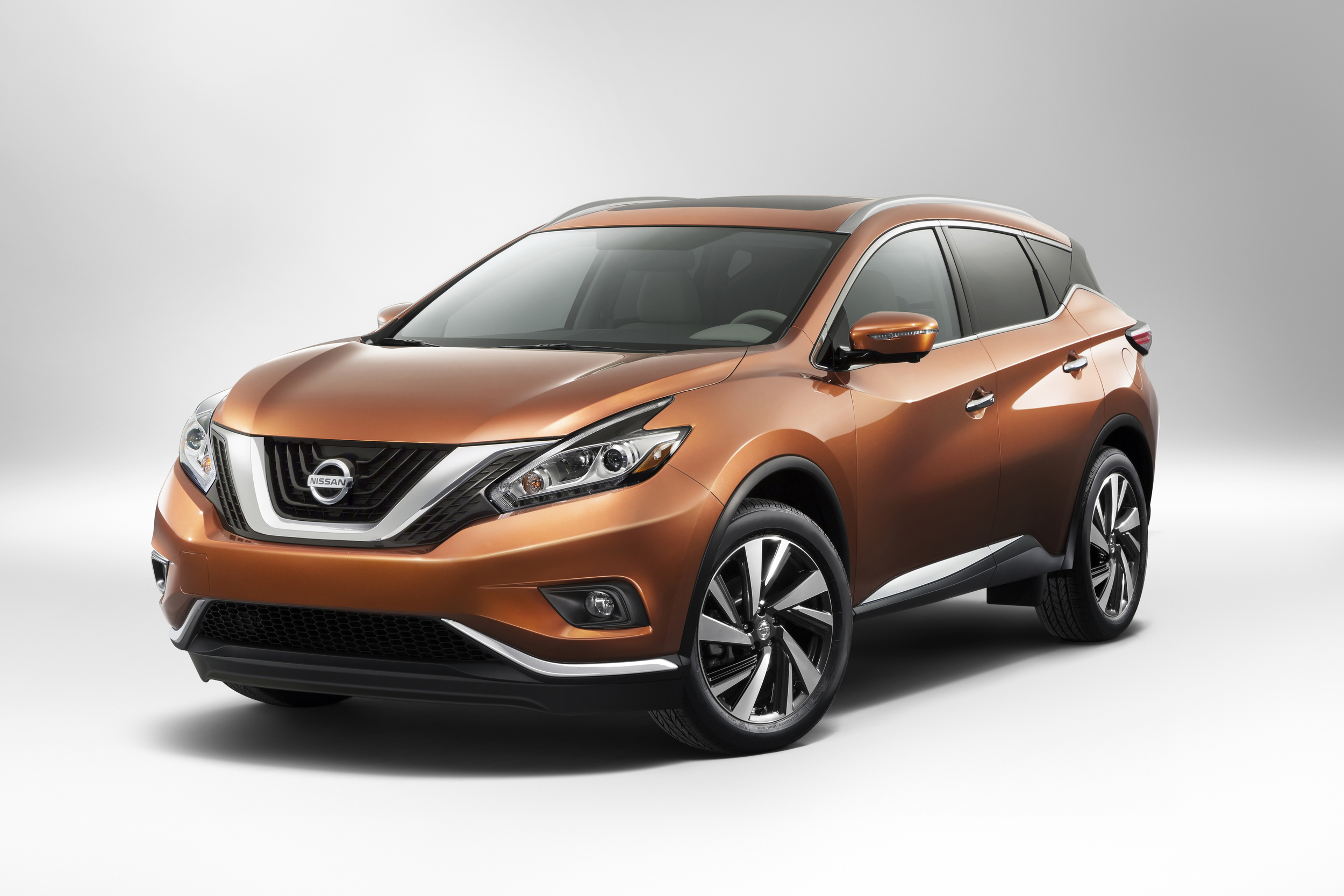
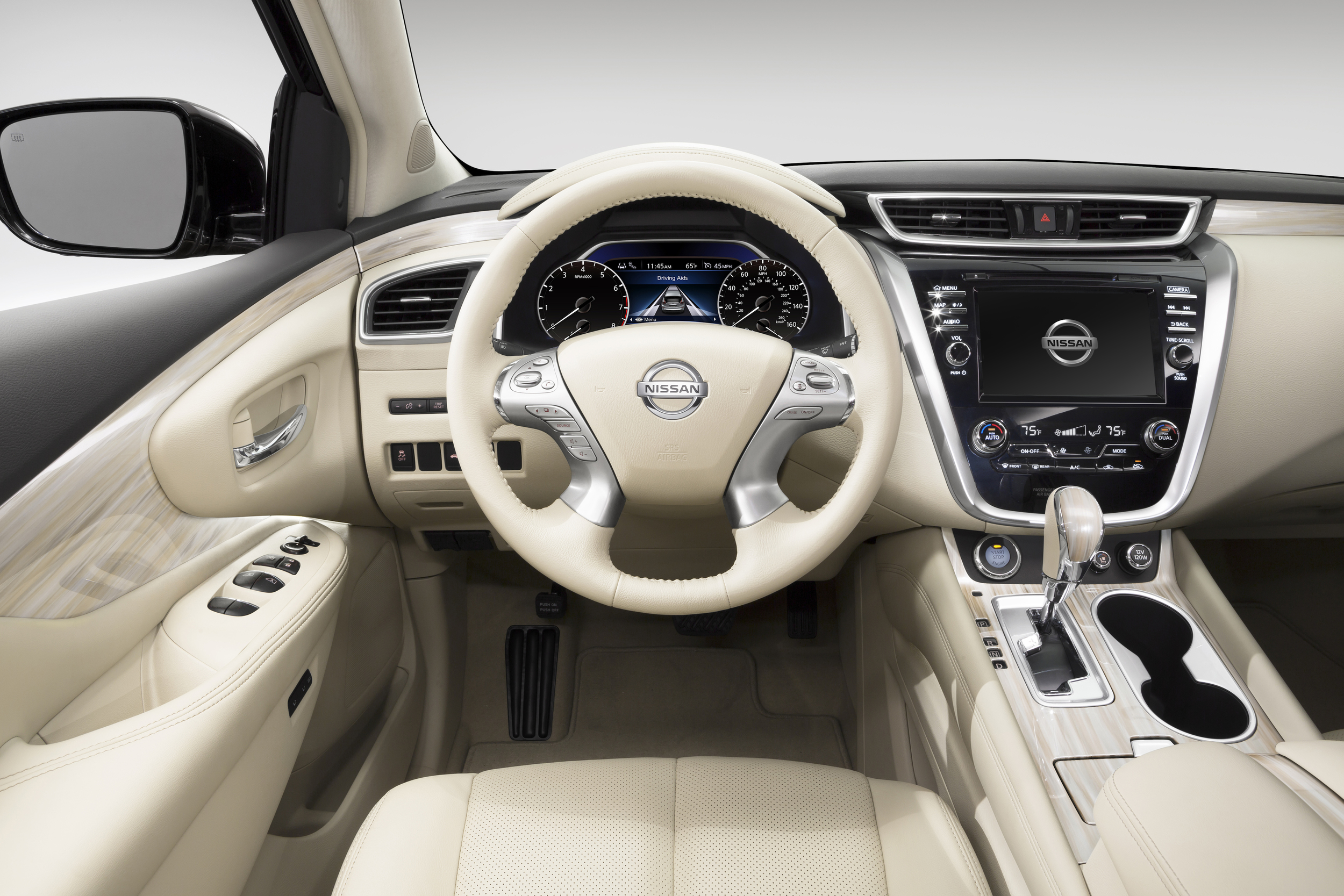

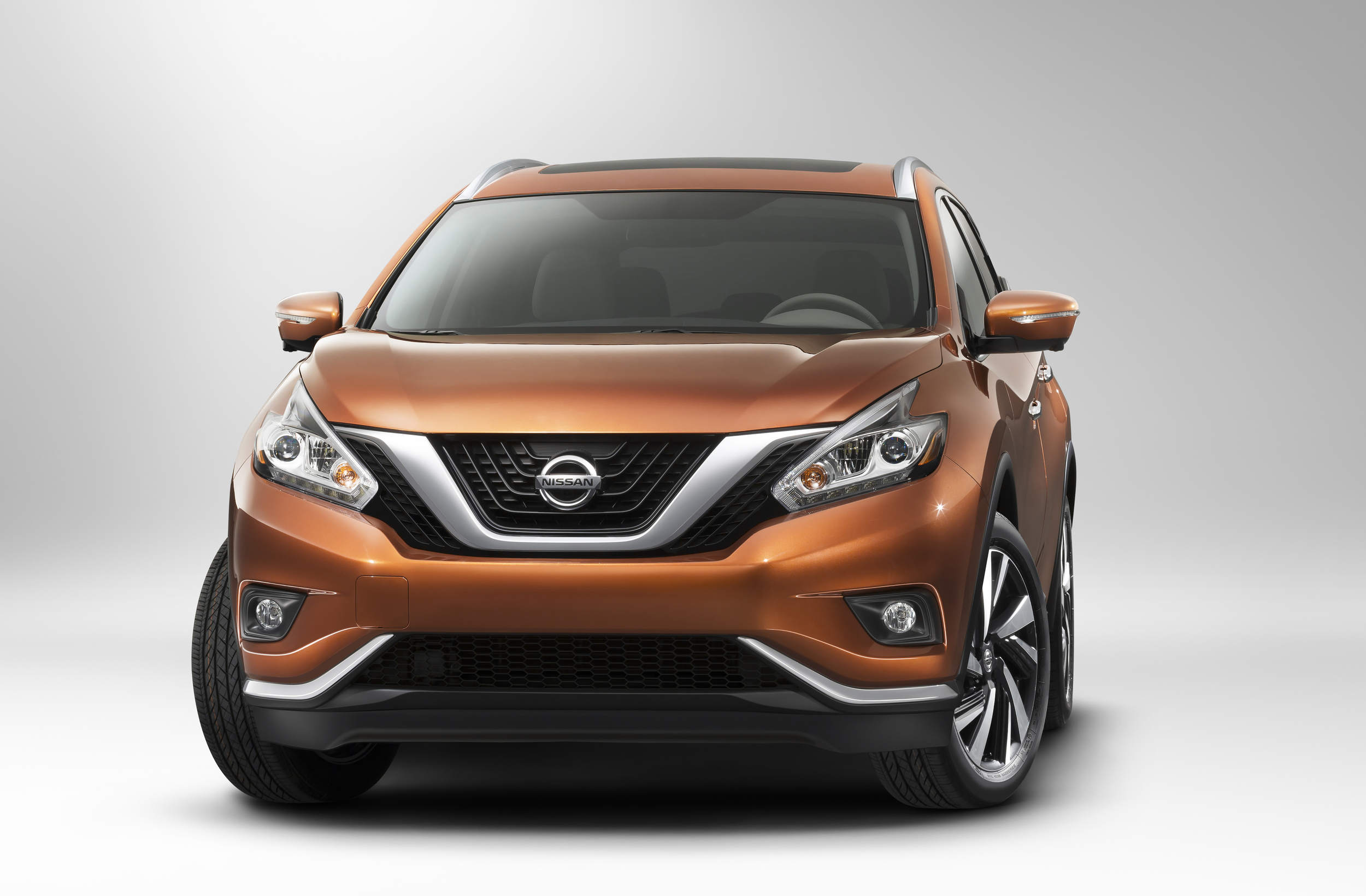
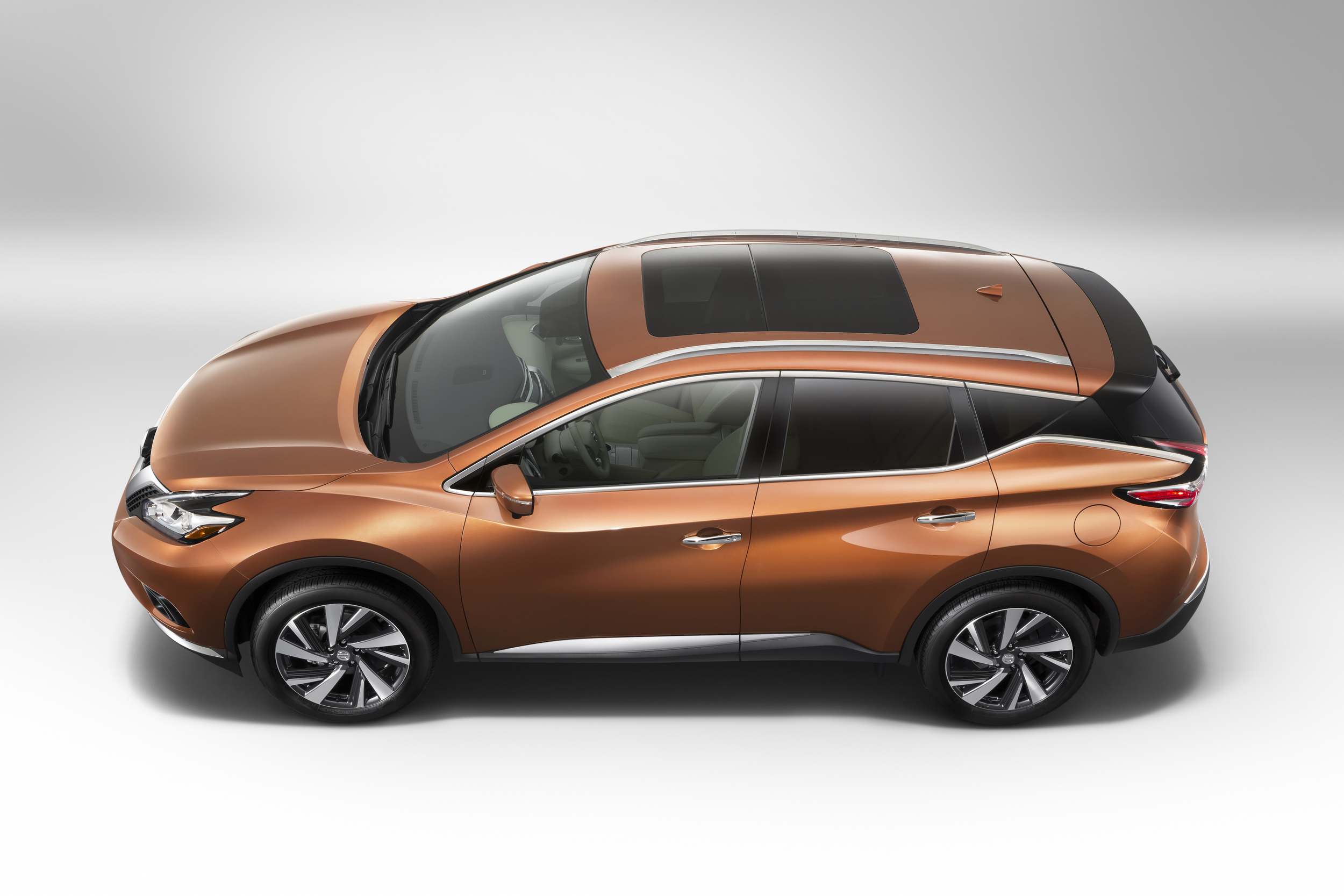
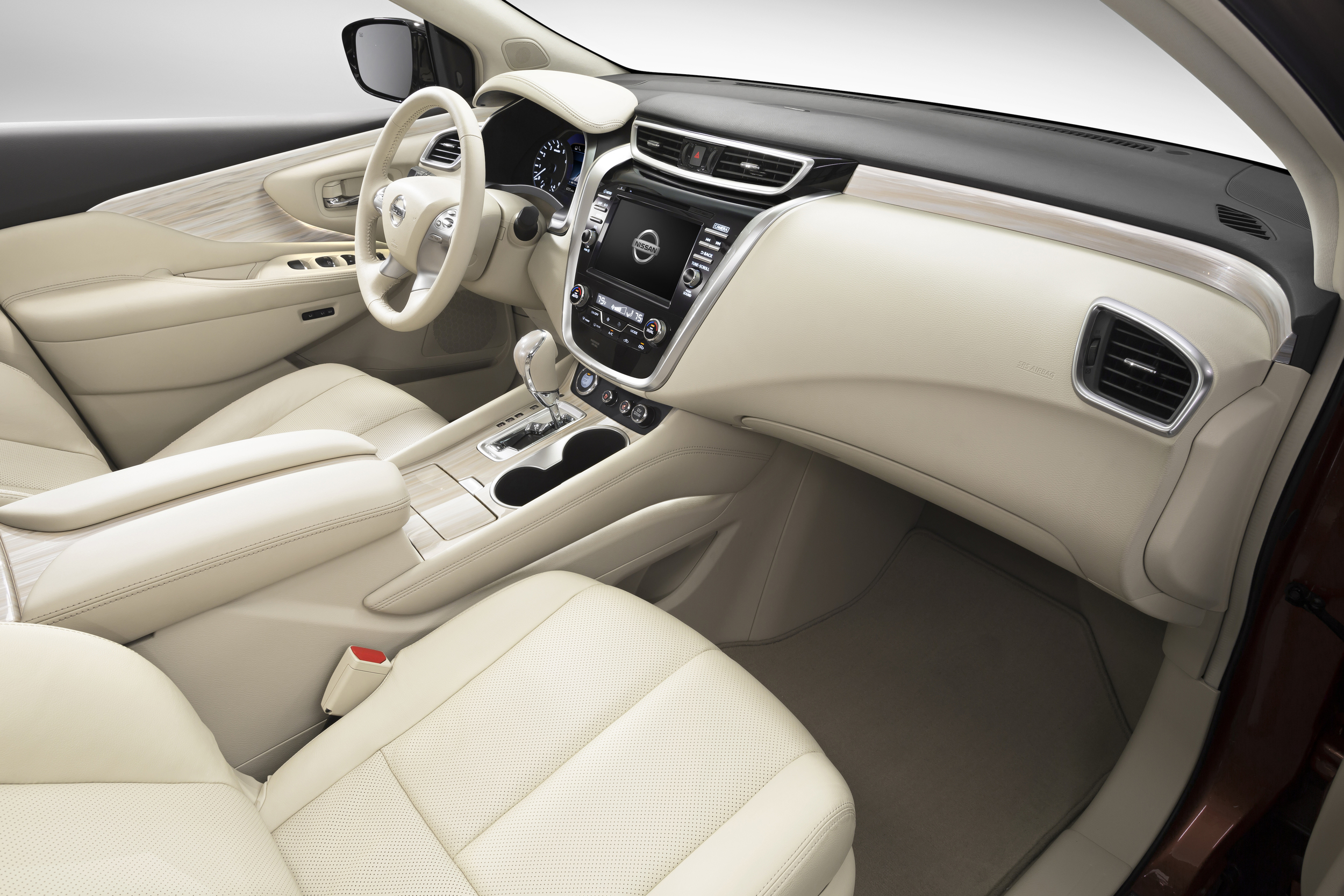
But again, performance isn’t the ultimate goal here – the entire powertrain/drivetrain is designed to reduce noise and improve comfort and fuel economy, ultimately leading to a more enjoyable experience. And to that end, this Murano SL, equipped with Nissan’s intuitive all-wheel drive system (which unfortunately couldn’t be adequately tested) recorded fuel economy ratings just 0.3 L/100 km higher than the front-wheel drive S and SV models, which are manufacturer rated at just 8.2L/100 km.
The growing popularity and necessity of smaller utilities puts the Murano in a segment with high demand and dense competition. Its progressive styling surely helps lure attention, but its real hooking points are the long list of standard and exclusive offerings that truly set it apart from the rest of the pack.
SPECIFICATIONS
2015 Nissan Murano SL
Base Price: $29,998 (FWD S) / $39,398 (I-AWD SL)
Engine: 3.5L DOHC V6
Horsepower: 260 hp @ 6,000 rpm
Torque: 240 lb-ft @ 4,400 rpm
Configuration: AWD (FWD new for 2015 on S & SV)
Transmission: Continuously Variable (CVT)
Curb weight: 1,804 kg
Fuel economy ratings (city / hwy): 11.2 / 8.3 L/100 km
Warranty (mos. / km): 36 / 60,000
Notable options: Technology Package ($2,260): power panoramic moonroof, intelligent cruise control (ICC), predictive forward collision warning (PFCW)
Competition: Acura RDX, Ford Edge, Hyundai Santa Fe Sport, Jeep Cherokee, Lexus NX 200t
By the Numbers
$151.53/hp
74 hp/L
130 hp/ton
6.94 kg/hp
9.75 L/100 km (combined)


